-
Keeper Diaries: What’s New With Waffles, African Cape Porcupine
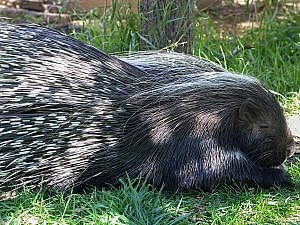
Written by Lauren Phillippi, lead animal keeper There have been many changes in African Rift Valley recently, in addition to the brand-new giraffe habitat we’re building. One of the most notable this summer was the opening of the new outdoor mixed species habitat built for three of my favorite animals at the Zoo: our Cape . . .
-
Take a Closer Look at Gorilla Nose Prints (Conservationists Do!)
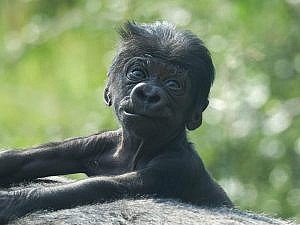
Of the many gorilla aspects to observe and adore, it’s worth taking a minute to focus on their noses. Conservationists do the same for scientific purposes. “All of our gorillas have very different noses, so in addition to their other distinguishing features, we can identify them that way,” Ashton Asbury, Primate World animal keeper, says. . . .
-
Check in with Missy, CMZoo’s Eldest African Elephant
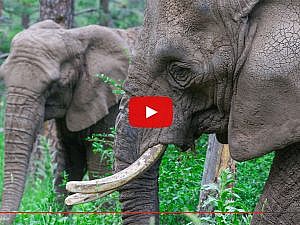
Catch up with Missy, CMZoo’s eldest African elephant! Missy, who recently turned 56 years old, shares space with her longtime companion, LouLou. Some of her favorite activities include wallowing in mud puddles, training with her keepers, munching on hay and tree branches, and exploring the trek space, vacation yard and main elephant yards. Our elephant . . .
-
From Injury to Independence: Ouray’s Second Chance at CMZoo
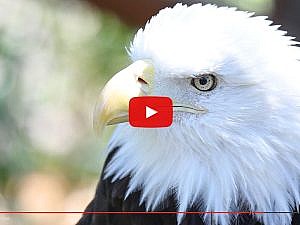
Help us wish Ouray a happy 32nd birthday! The Fourth of July isn’t just America’s birthday—it’s also Ouray the bald eagle’s designated hatchday! Ouray is a bald eagle, but she’s also a ‘golden eagle’ because she’s well into her golden years. The median life expectancy of a bald eagle in human care is 16 years, . . .
-
Happy Mother’s Day: CMZoo Announces Gorilla, Asha, is Pregnant!
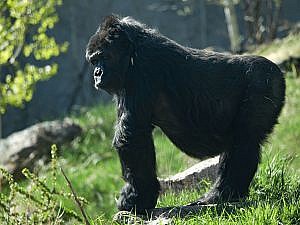
Mother’s Day is extra special in Primate World, at Cheyenne Mountain Zoo, this year. Asha, a 32-year-old critically endangered Western lowland gorilla, is pregnant. She is due between mid-May and the end of July. “It has been nearly 13 years since a gorilla was born here, so many visitors will get to experience this for . . .
-
Get to Know Our Dynamic Mom-and-Daughter Orangutan Duo, Hadiah and Ember
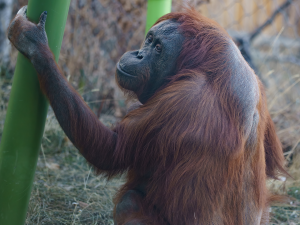
With Mother’s Day around the corner, staff at Cheyenne Mountain Zoo are reflecting on one mother-daughter relationship that stands out: Bornean orangutans, Hadiah [huh-DEE-uh] and Ember. “They’re incredibly close,” Ashton Asbury, animal keeper in Primate World, says. “Great apes are intelligent and complex beings, and we see different parenting types in each of them. Hadiah, . . .
-
Sumagu and Kera, Sumatran Orangutans, Start Training for Their Next Adventure
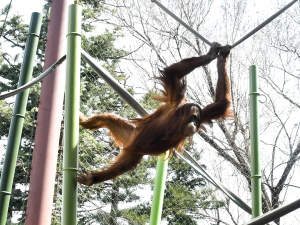
Visitors to Primate World, at Cheyenne Mountain Zoo, may soon notice two crates in the orangutan yard. These crates are part of the Zoo’s careful preparations to help two iconic Sumatran orangutans, 6-year-old Kera and her mother, 37-year-old Sumagu, get ready for their next chapter. The mother-daughter duo is scheduled to move to another AZA-accredited . . .
-
Gone Fishin’: The Raccoons New Environmental Enrichment Activity
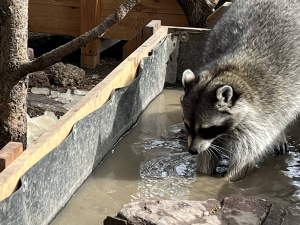
Baldwin, Benton and Baker, the raccoon brothers who call Rocky Mountain Wild home, recently took up a new hobby, thanks to their keepers’ creativity and Cheyenne Mountain Zoo’s commitment to environmental enrichment. Their habitat now features an exciting new addition: an elevated stream where they can fish, forage and explore on their own schedules. “Raccoons . . .
-
Get the Inside Scoop on the Dairy Girls in Action
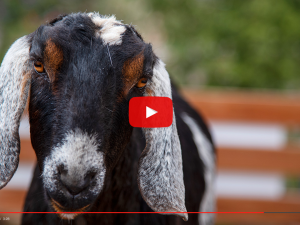
At 9 years old, our golden dairy girls – Cotija, Asiago, Queso, Mozzarella, Colby, Muenster, Ricotta and Brie – are enjoying their golden years to the fullest! These goats spend their days sunbathing, training, climbing, playing, going on walkabouts and meeting guests. Visitors can feed the goats for $1 per feeding, depending on weather, or . . .
-
Ferret Business: Thriving Together in a Social Squad
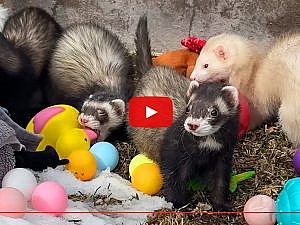
A group of ferrets is called a business! Our business is made up of Alfred, Tsunami, Cyclone, Avalanche and Blizzard! These playful, social animals thrive in small groups. A mix of ages helps the group maintain strong bonds as it evolves. Alfred, at 6, and Tsunami, almost 5, are the oldest, while Cyclone, Blizzard, and . . .
News Archive
